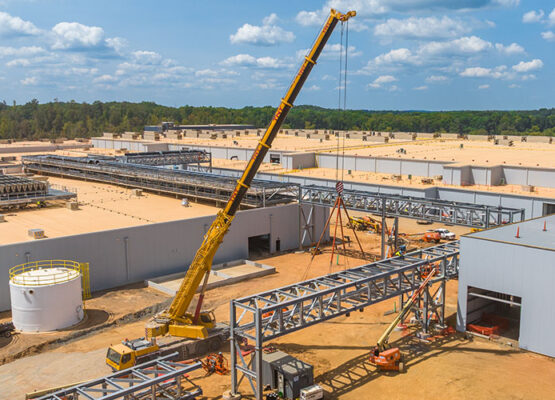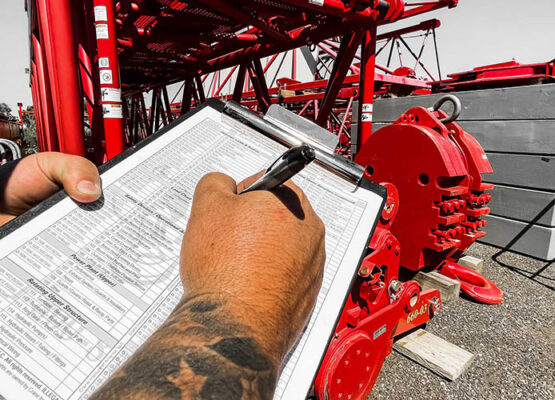Adapting Crane Operations to Different Weather Conditions

- June 18, 2025
Why is Weather a Major Factor in Crane Operations?
Weather can be one of the most unpredictable variables on a jobsite and one of the most important to consider when operating cranes. At Southway Crane & Rigging, we understand how weather-related challenges can impact both safety and project timelines. That is why we have outlined some key steps on how to adapt crane operations to different weather conditions, ensuring your lifting projects stay on track, no matter what nature throws your way.
Learn some tips for planning and executing critical lifts
Weather affects everything from ground stability to visibility, which can directly impact crane performance and crew safety. Conducting a site survey before operations begin helps crews assess current weather conditions and prepare accordingly. By adjusting operations based on current and forecasted conditions, crane crews can reduce risks and avoid costly delays. Below are several weather scenarios and how crane operations are adapted to suit each one:
1. Windy Conditions
Strong winds can quickly turn a routine lift into a dangerous situation. Operators should monitor wind speeds closely and postpone lifts when gusts exceed safe limits. In some cases, rigging adjustments or equipment modifications will need to be made to maintain load stability during mild winds.
2. Rain and Wet Conditions
Rain does not just affect visibility; it also impacts traction and the safety of surrounding surfaces. In wet conditions, crews may use non-slip mats, adjust rigging strategies, and inspect load paths more frequently to avoid mishaps. Electrical components should also be safeguarded to prevent water exposure.
3. Cold Temperatures
Cold weather can make steel brittle and affect hydraulic systems. Cranes may need to be warmed up gradually before operation, and crews will often need to take extra precautions with lubricants and fluid levels. Proper clothing and safety protocols are also important to keep workers safe.
4. Heat and High Temperatures
High heat can lead to equipment overheating or fluid breakdown. In these conditions, cranes should be inspected more frequently, and crane load chart values should be reviewed to ensure lifting capacities are not exceeded. Shaded rest areas and hydration should also be prioritized to protect the crew from heat exhaustion.
5. Snow and Ice
Snow and ice present hazards such as slippery surfaces, hidden obstructions, and reduced visibility. Cranes will need to be carefully inspected before each use, and jobsite surfaces should be cleared and treated to ensure safe footing. In extreme conditions, operations may need to be paused altogether.
At Southway Crane & Rigging, we know that every lift is unique, and so is the weather. Our experienced team is trained to adapt crane operations to any condition, keeping your project safe and efficient year-round. Contact us today to learn how we can support your next lifting project with weather-ready solutions.
Related Blogs

- September 9, 2025
Considerations for Using Cranes on Jobsites.
Things to Keep in Mind When Operating Cranes in Tight Areas Working with cranes in confined.

- October 21, 2025
Best Practices for Regular Crane Maintenance
How to Properly Maintain a Crane Regular crane maintenance is critical to ensuring safety, performance, and.

